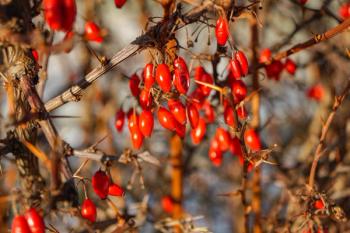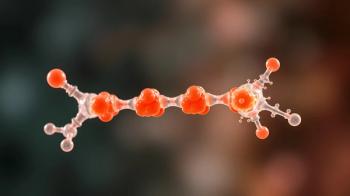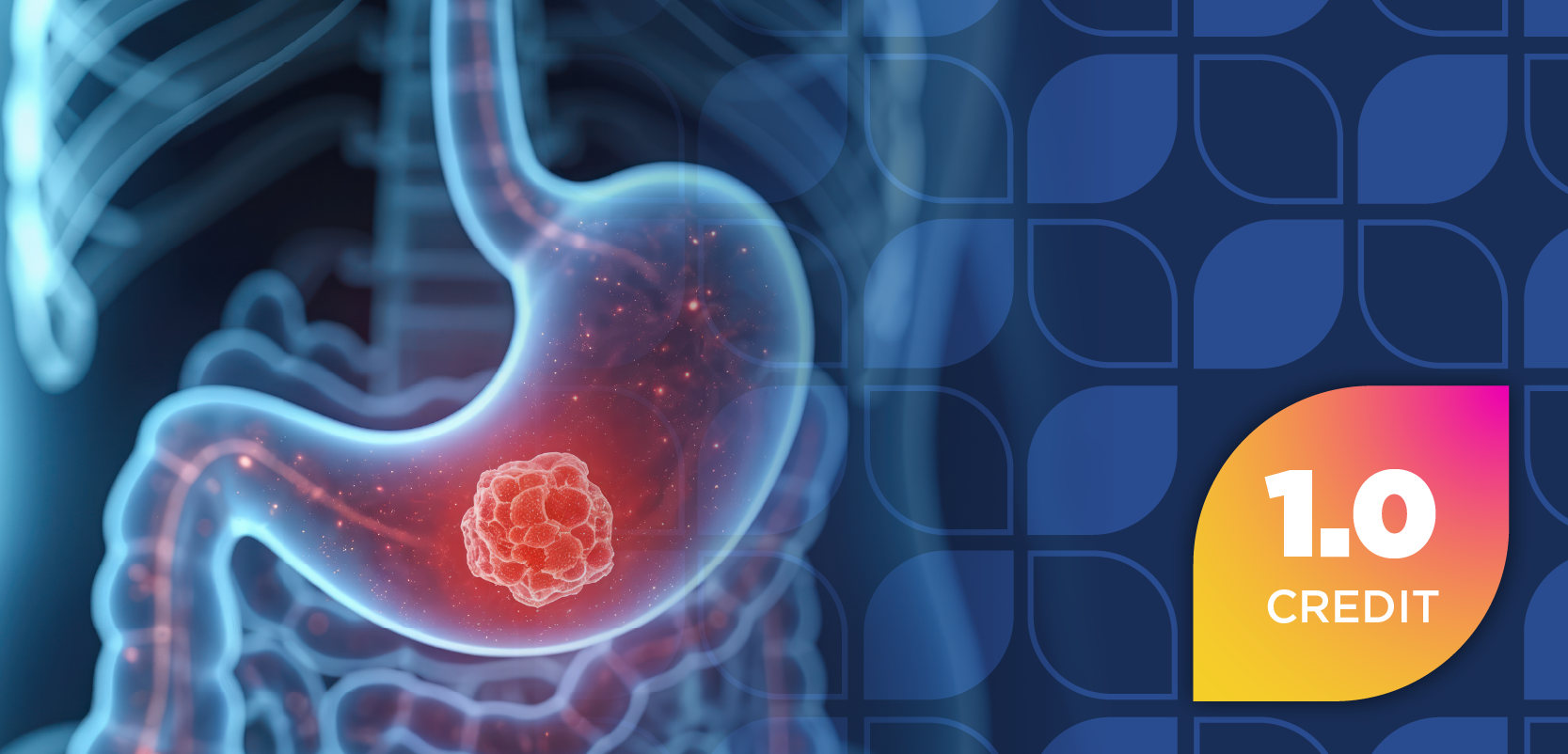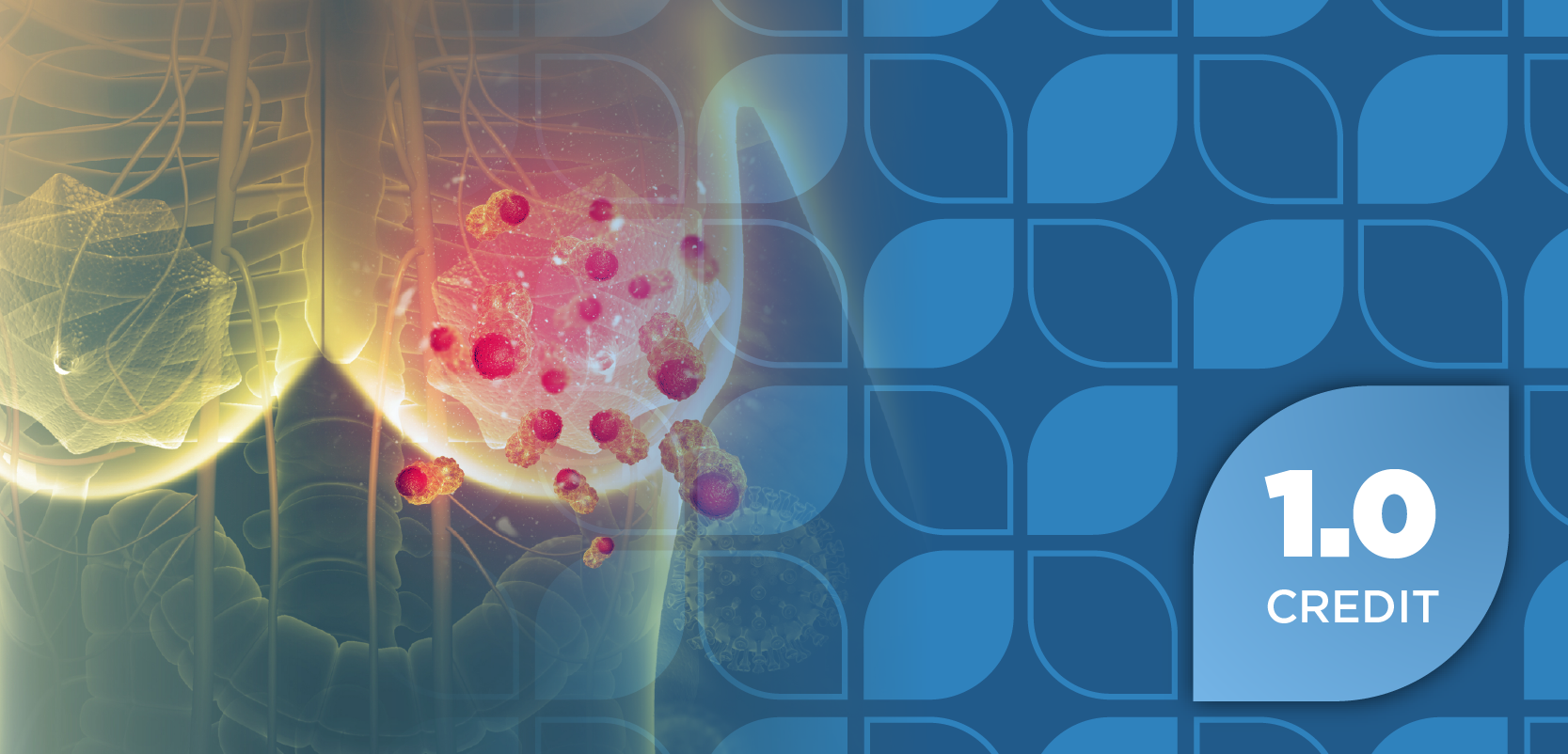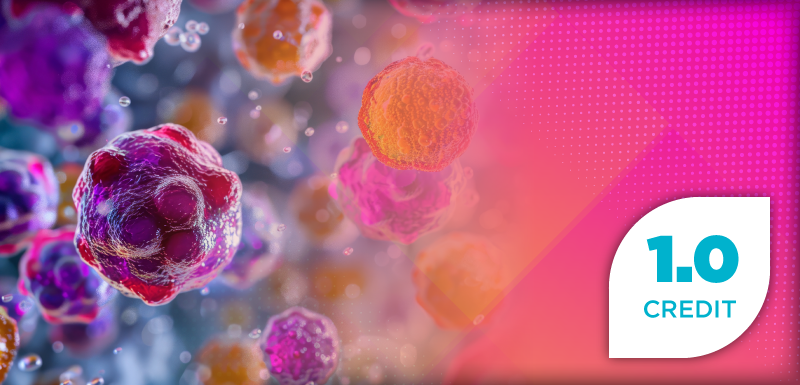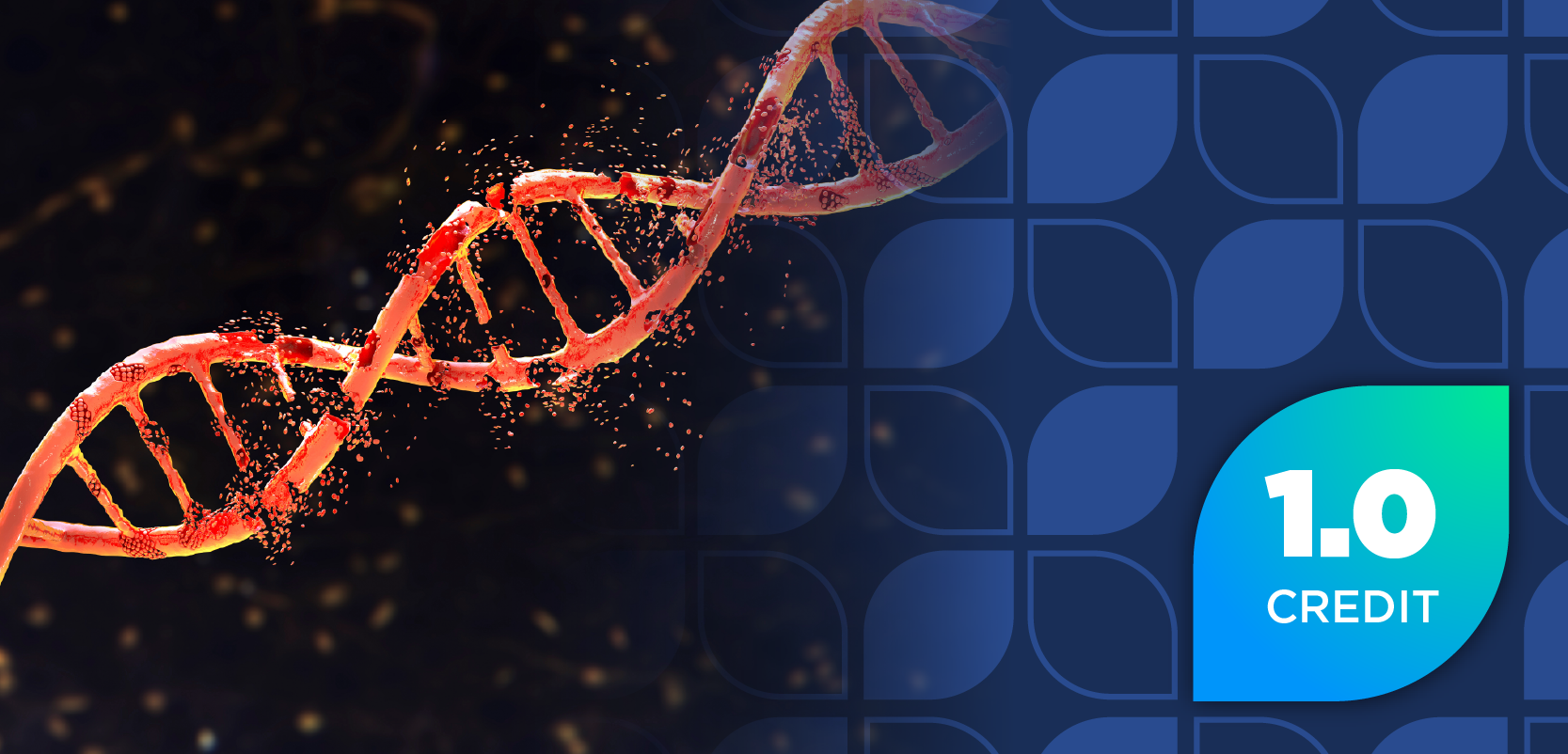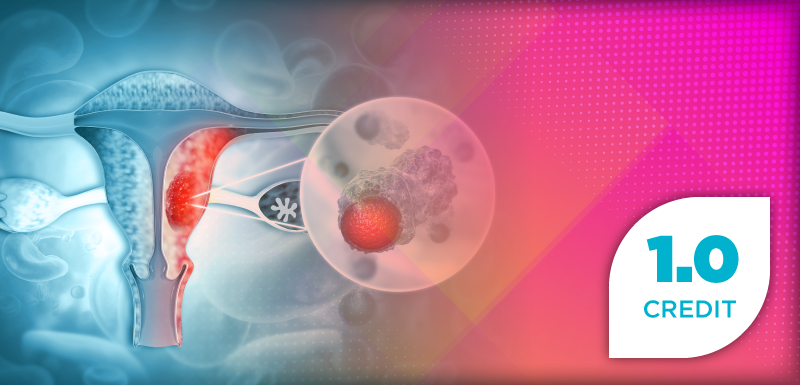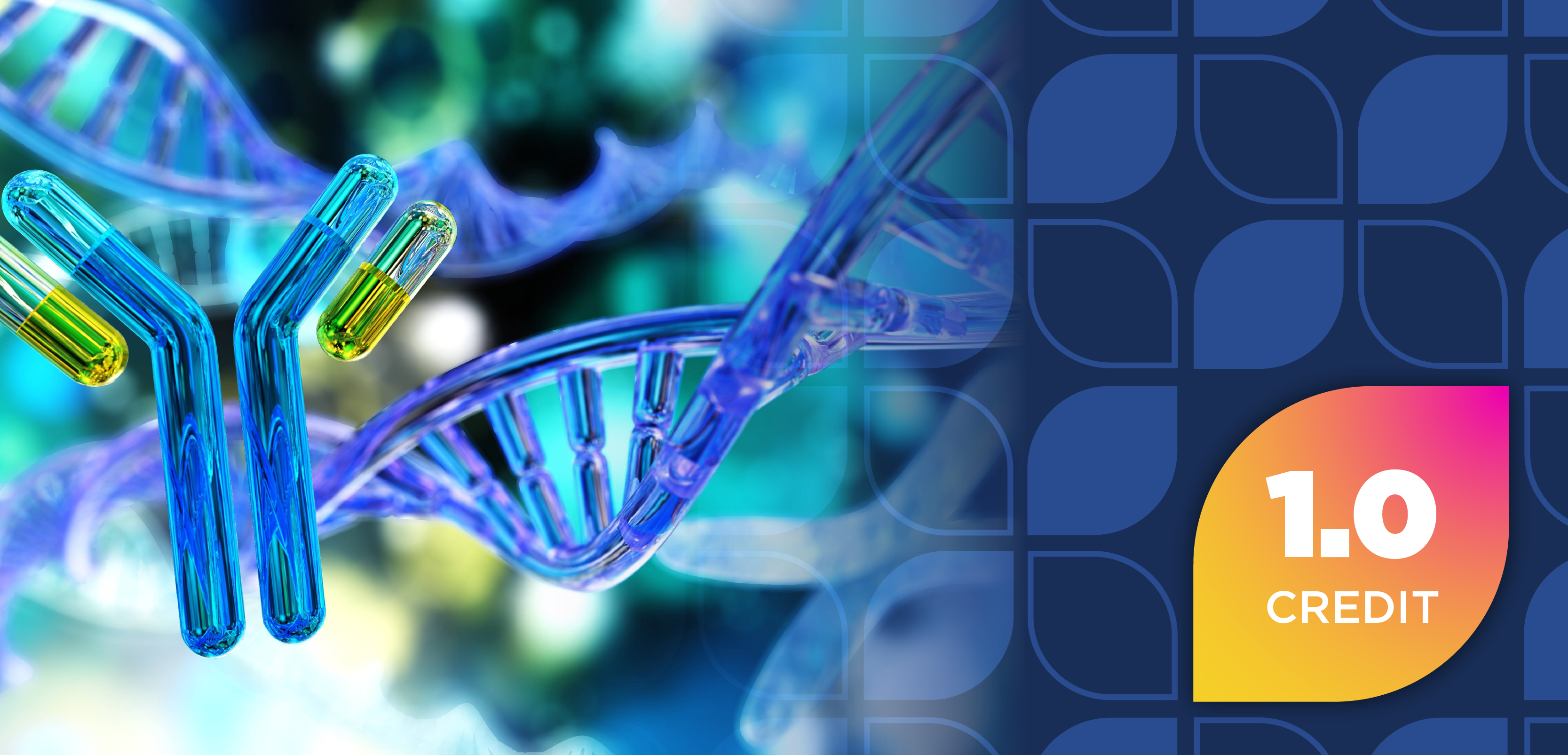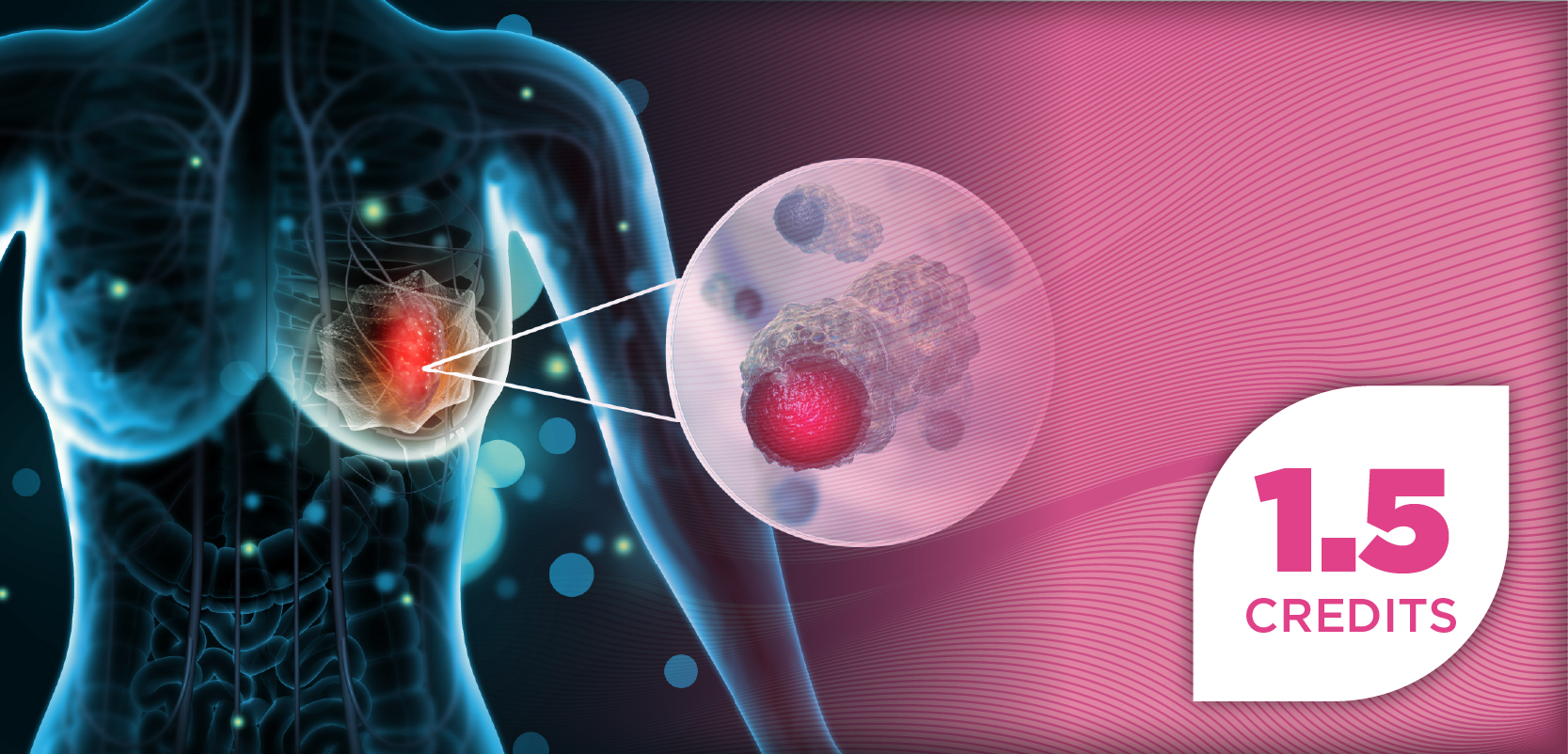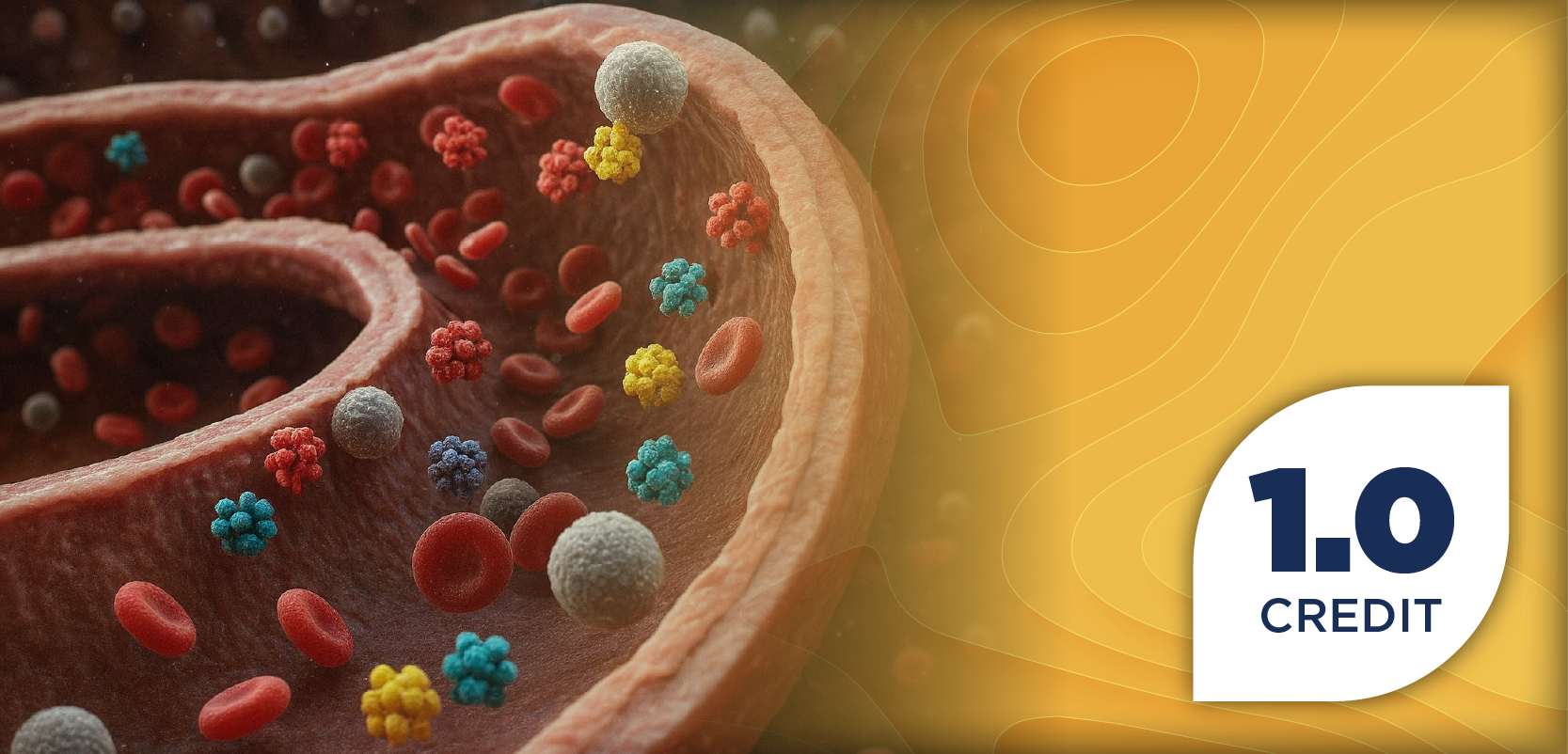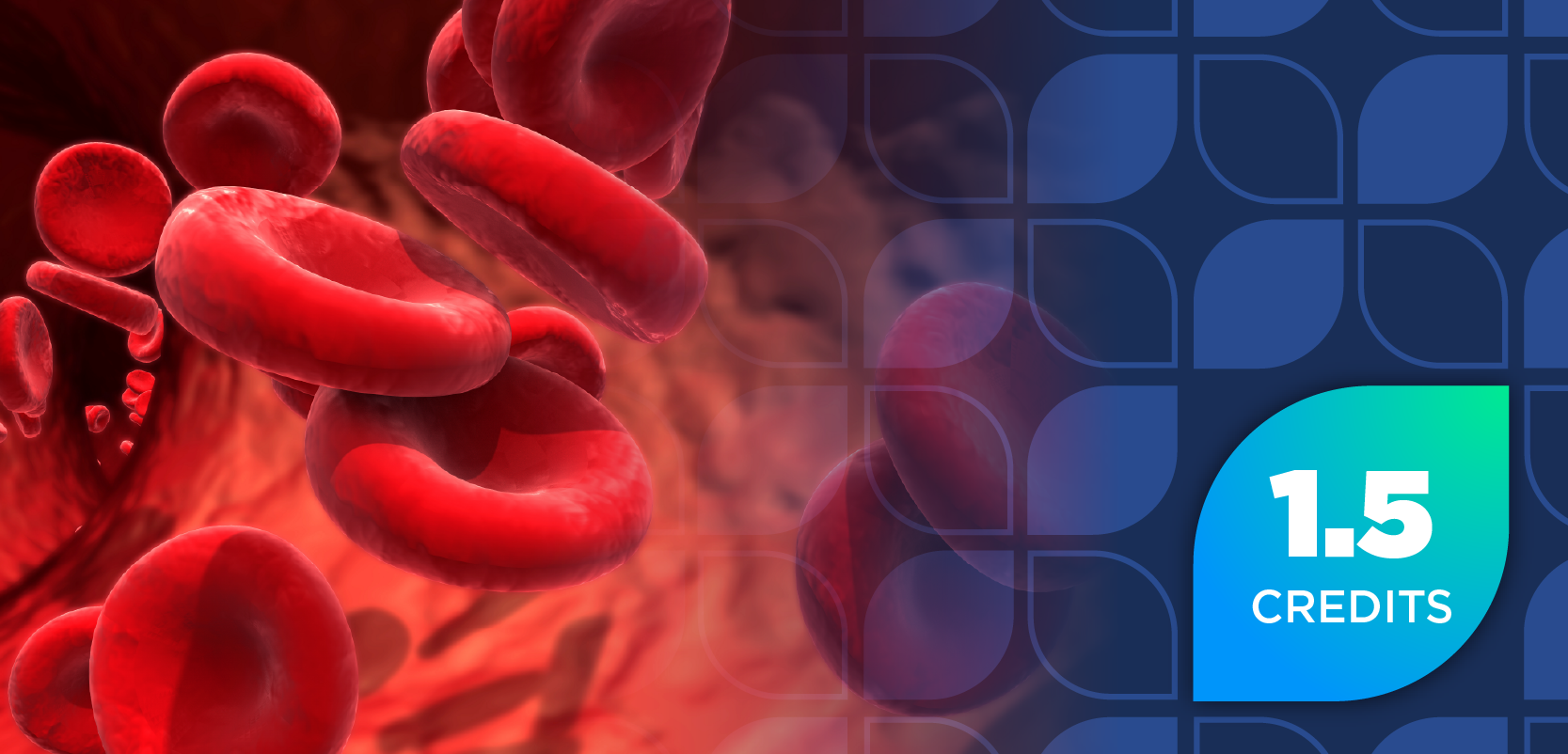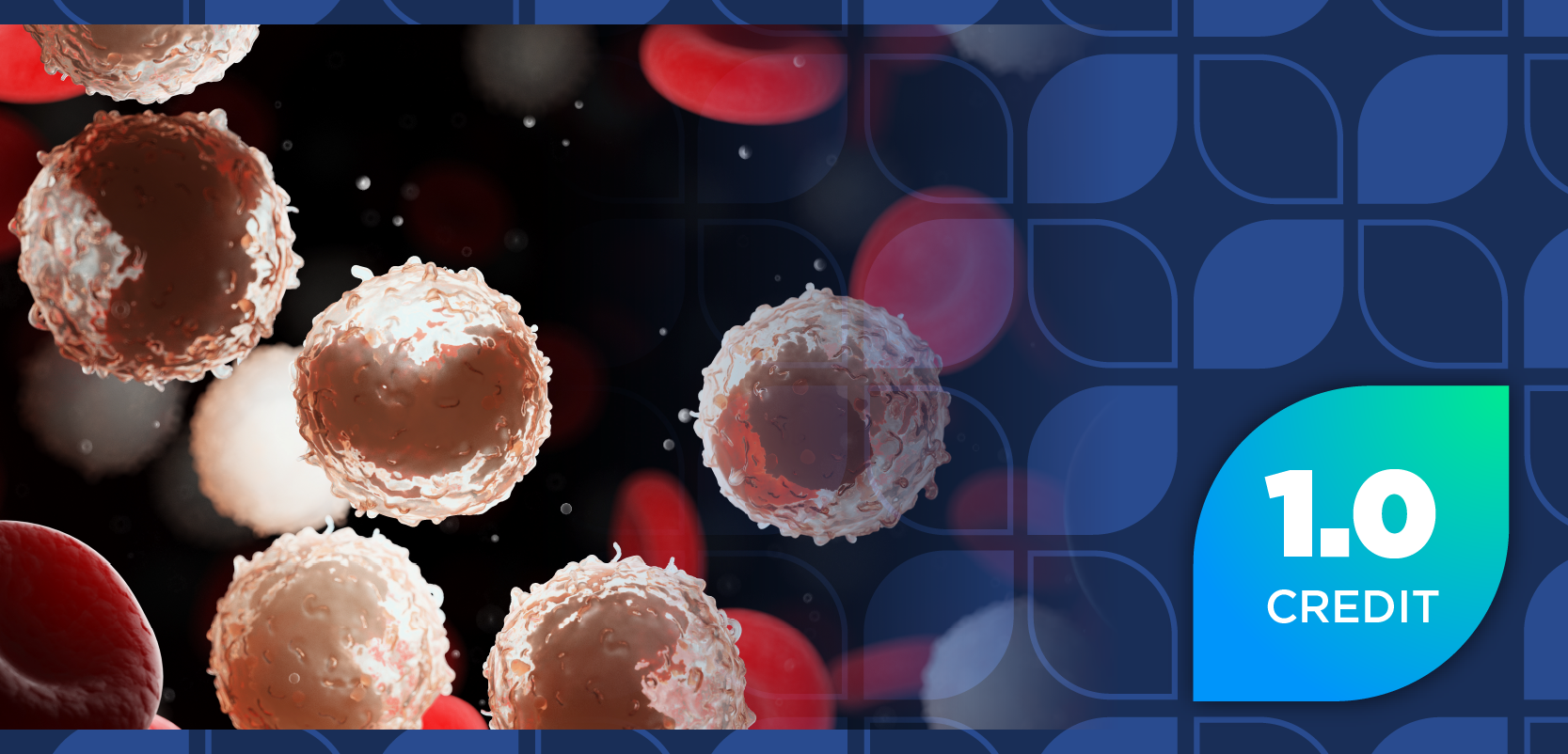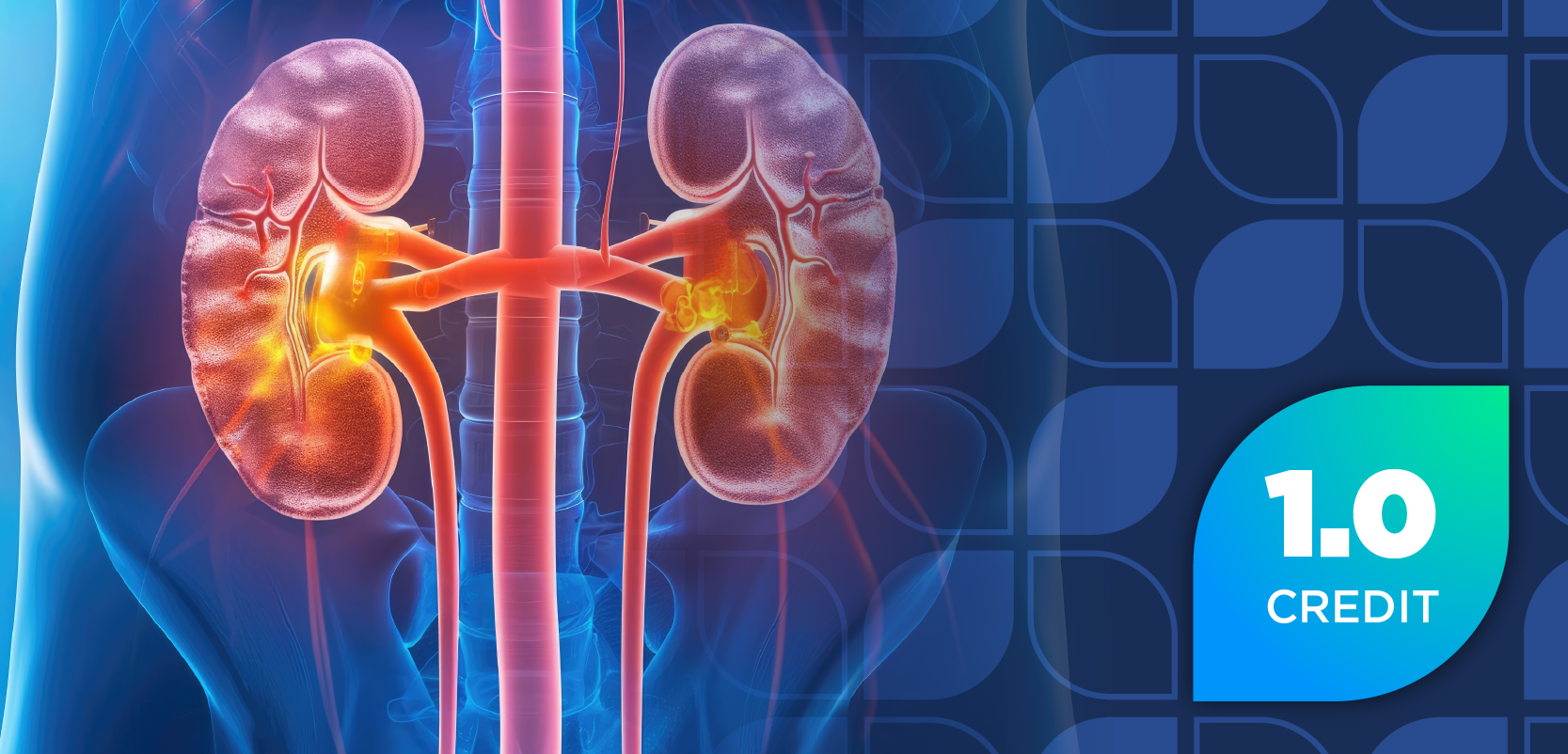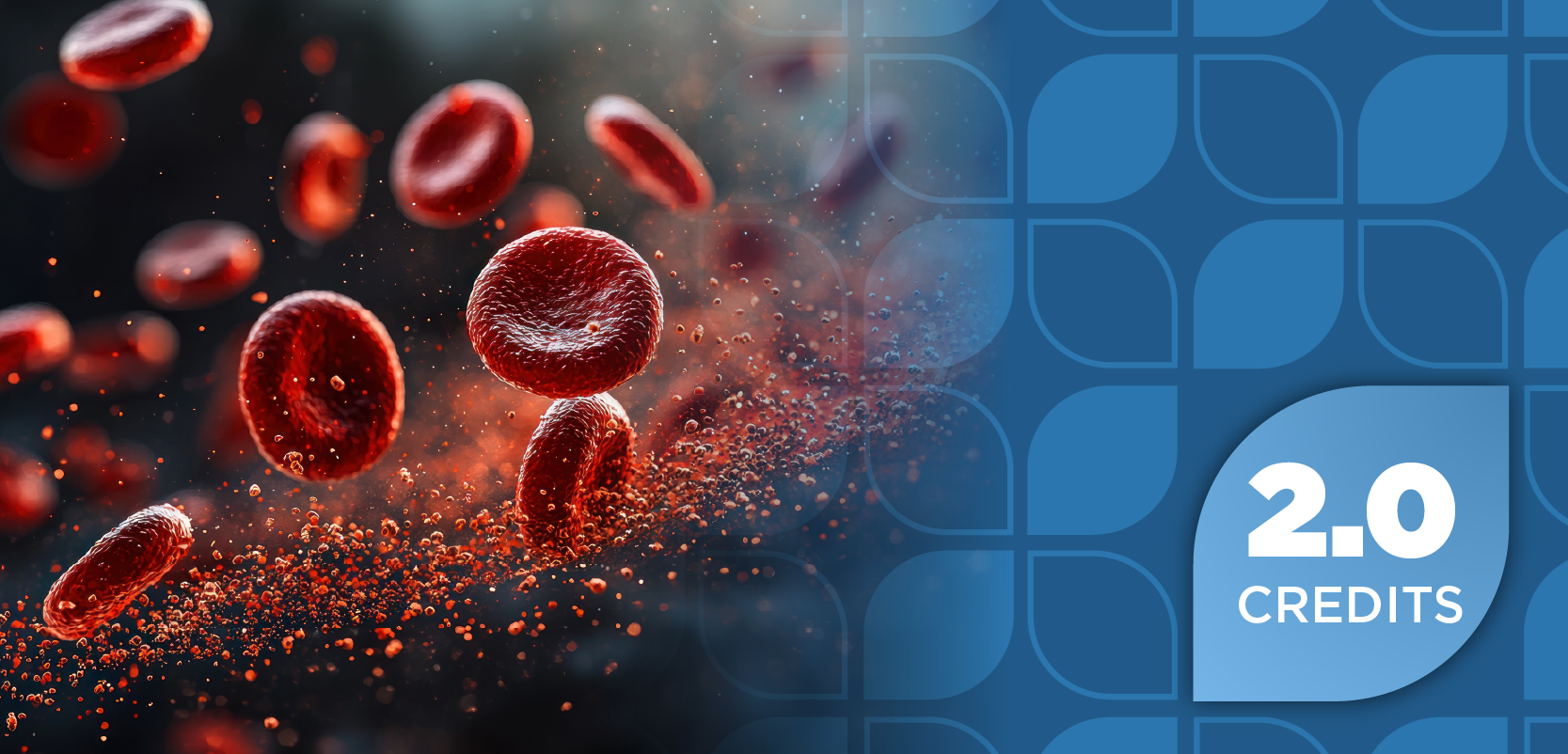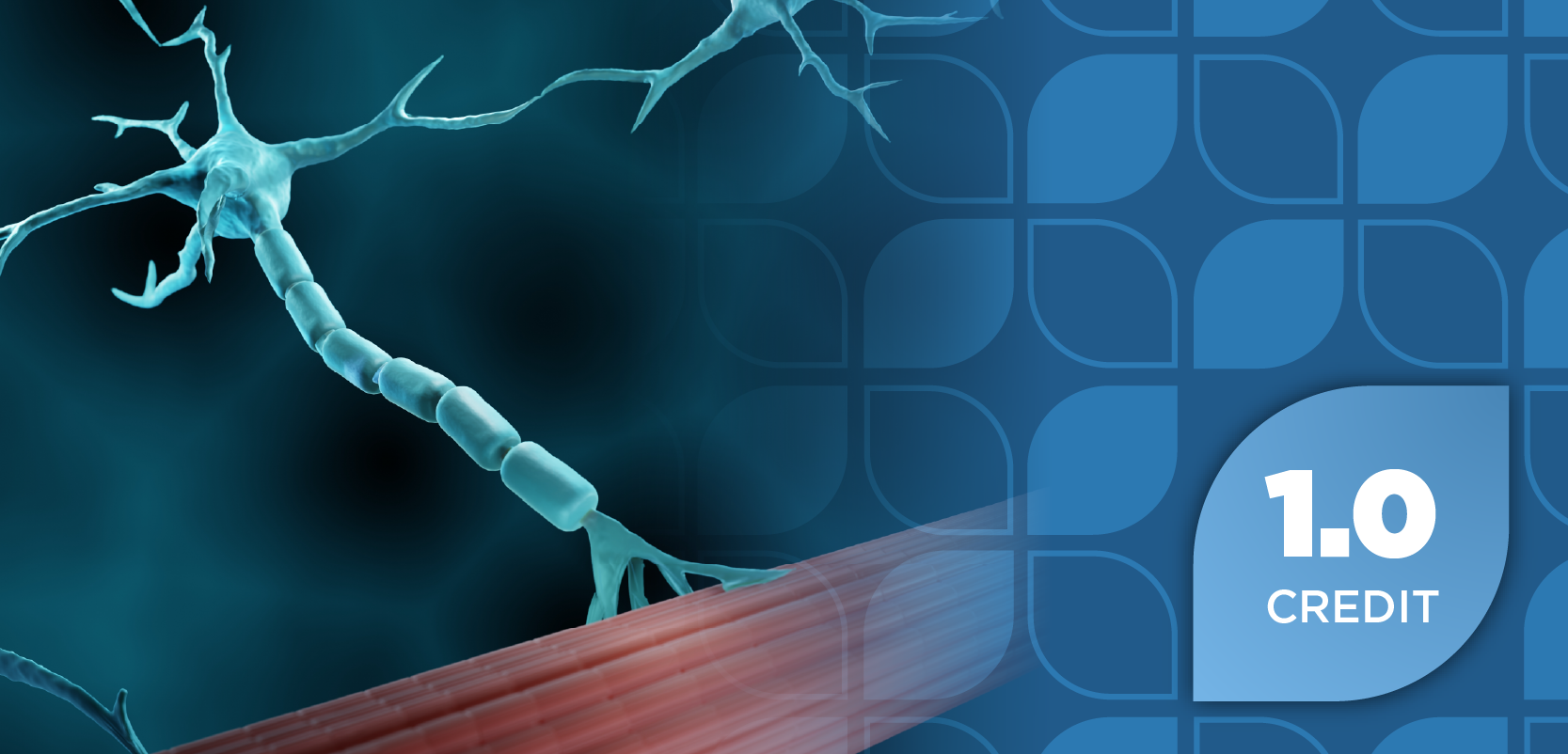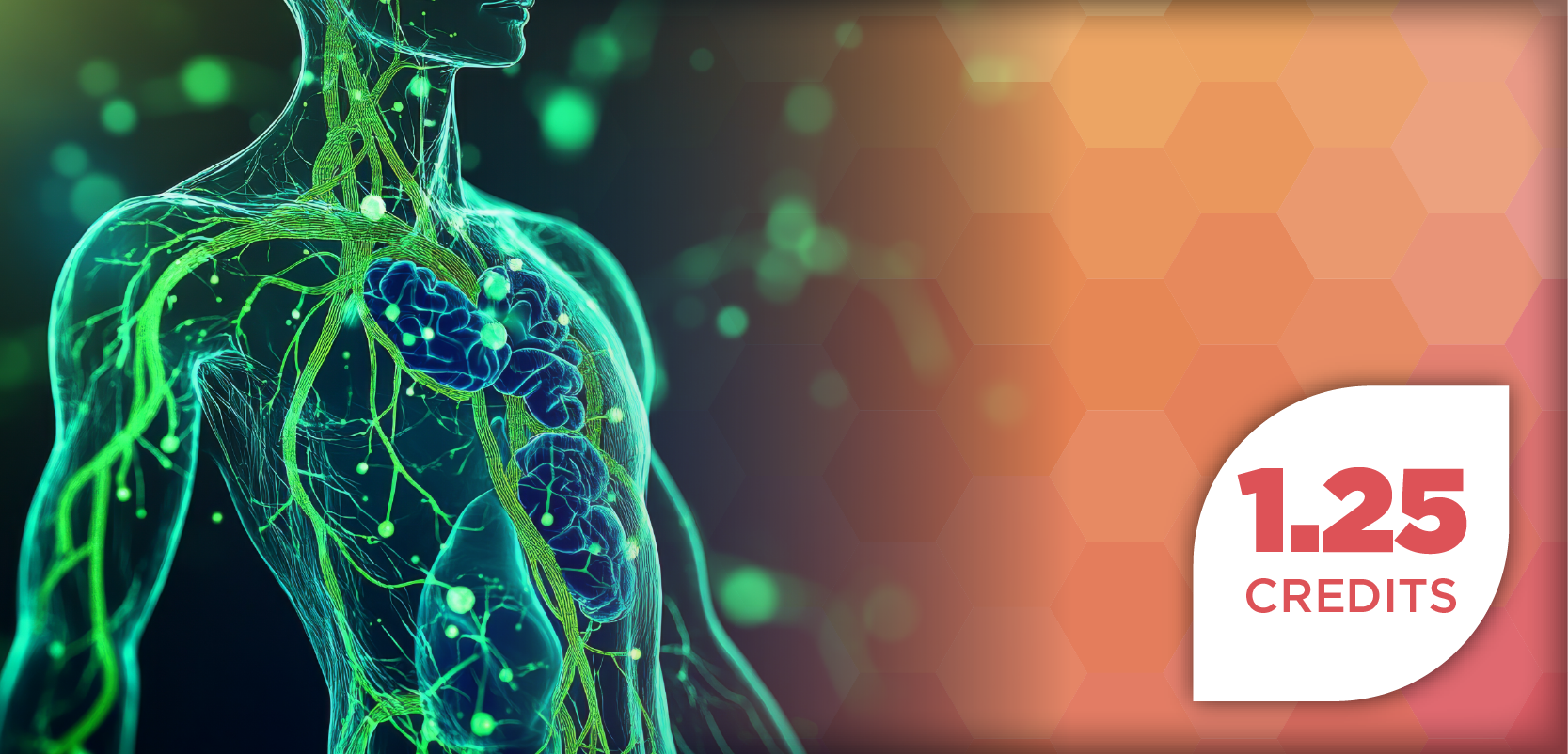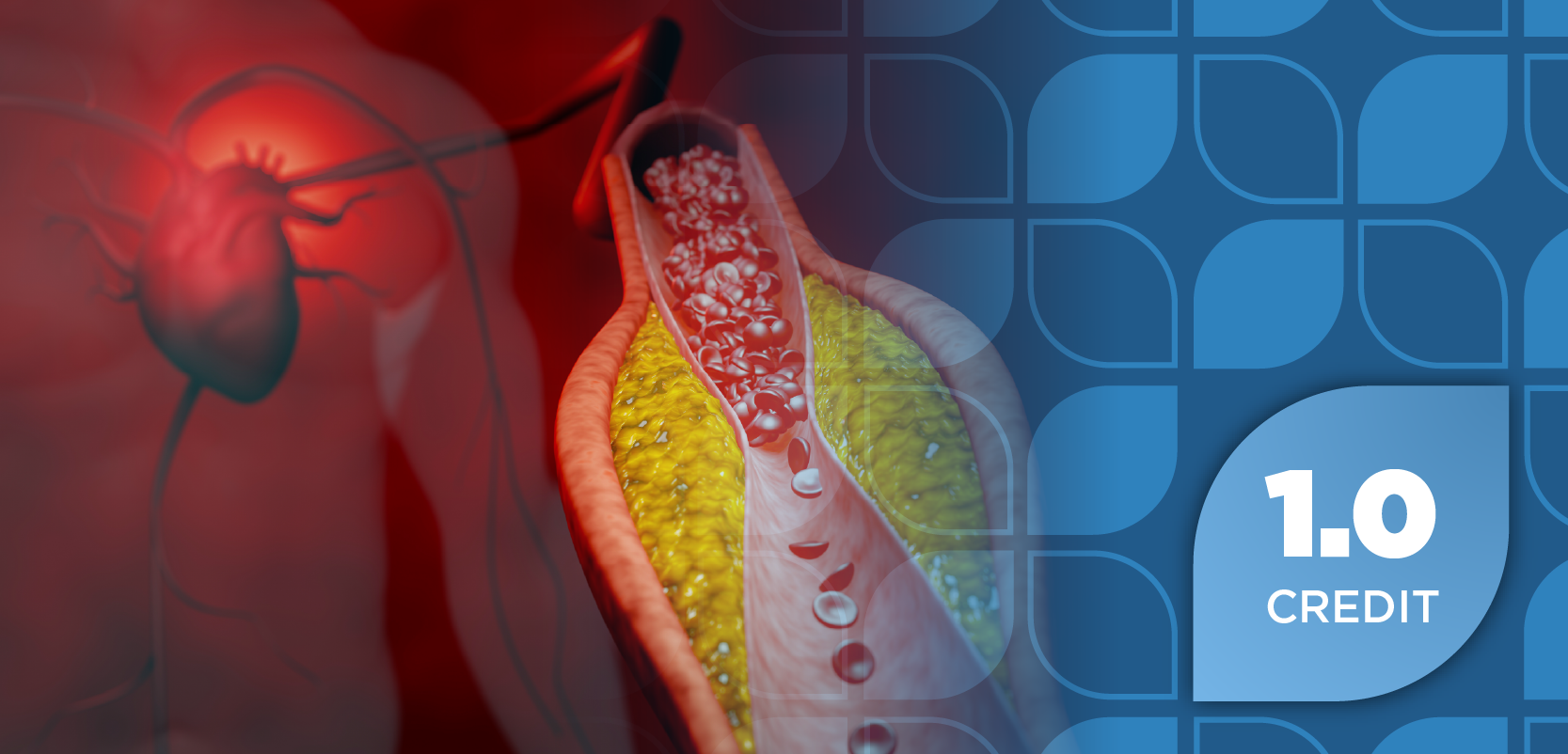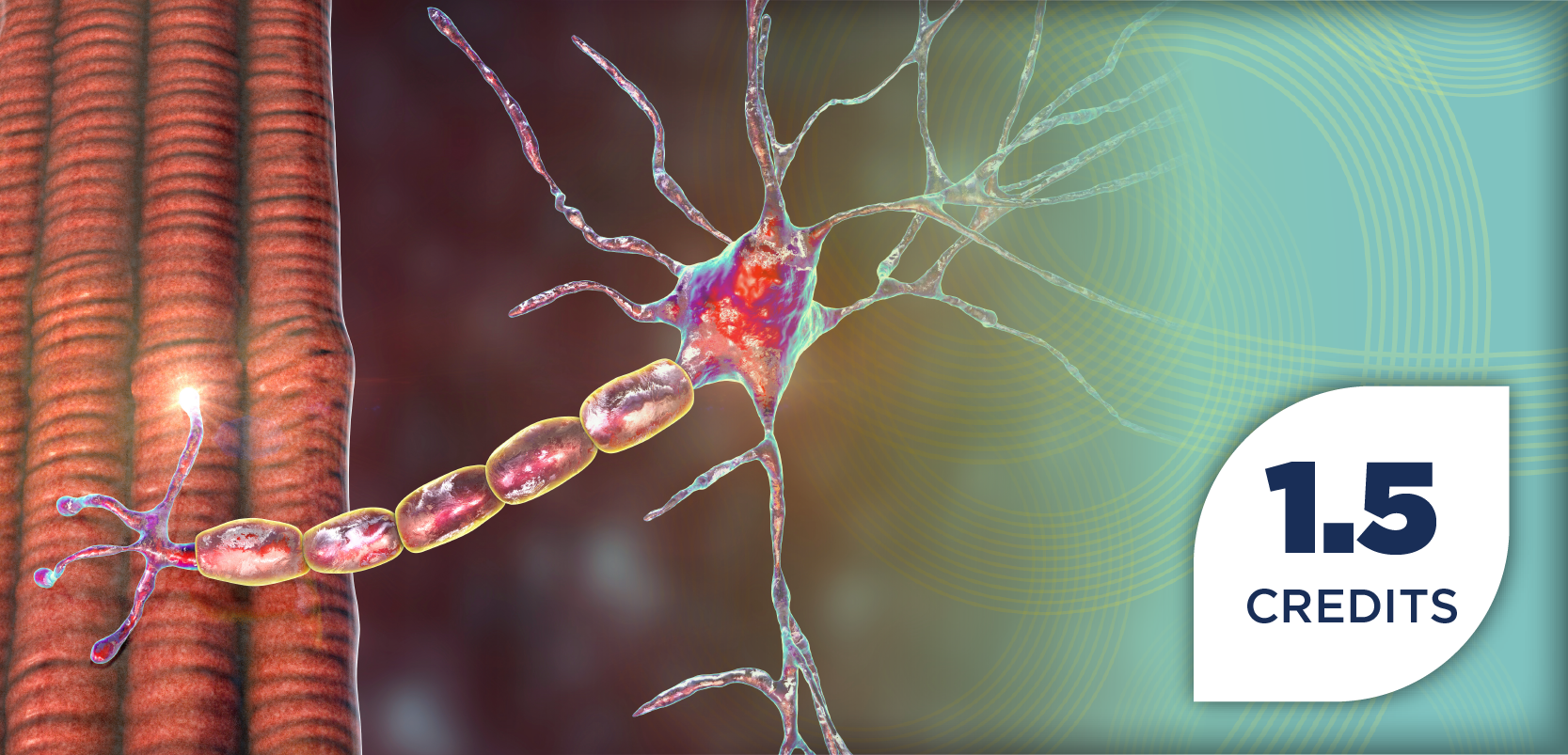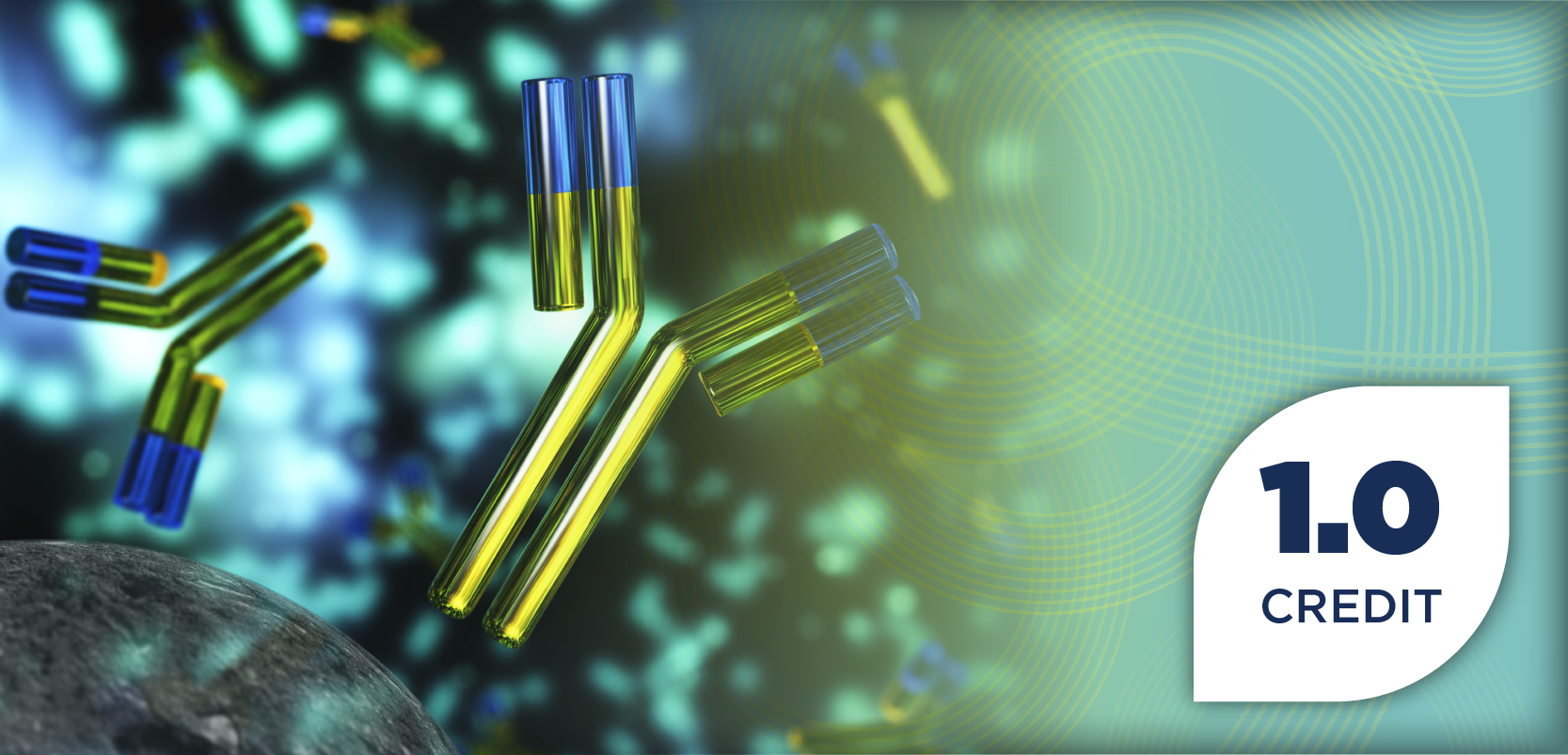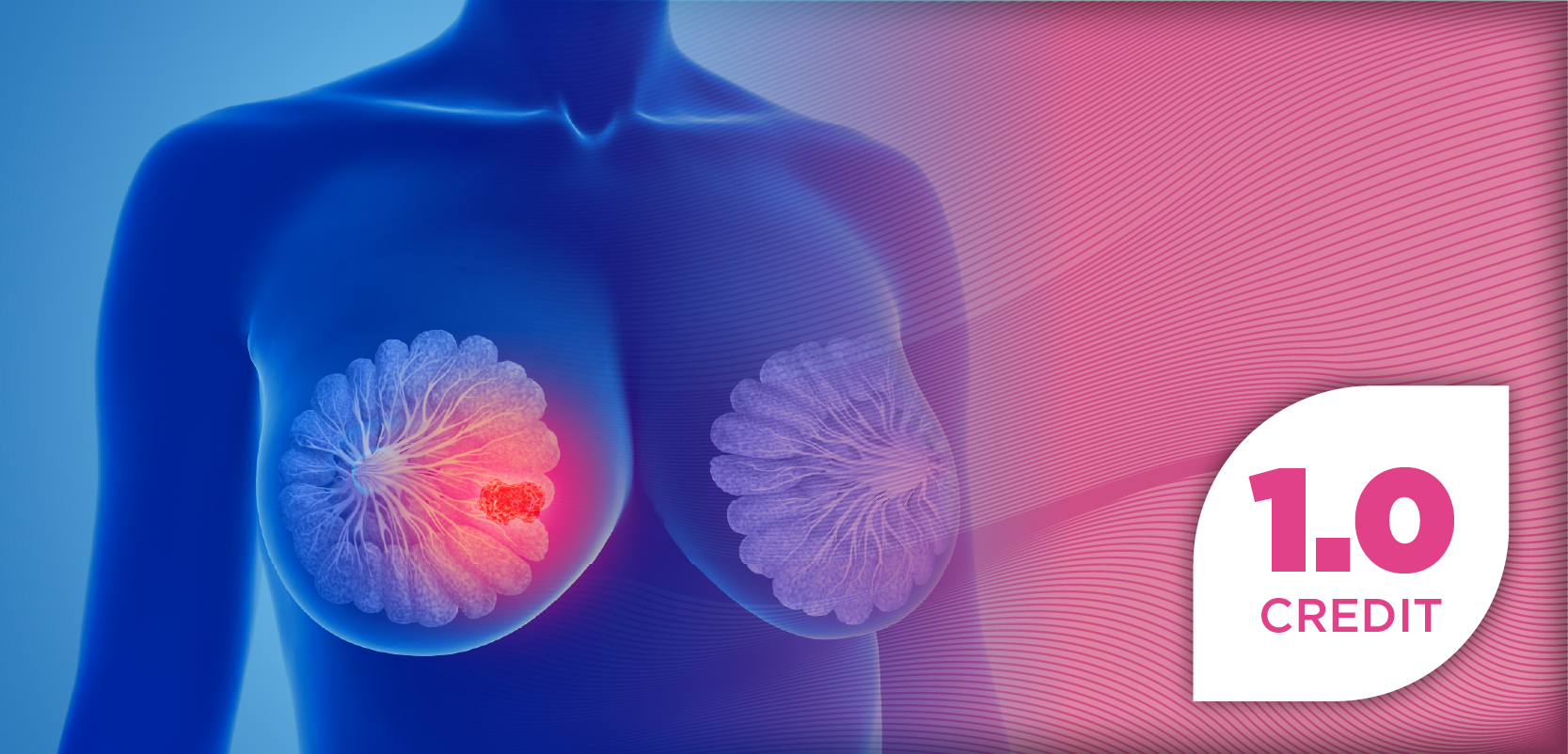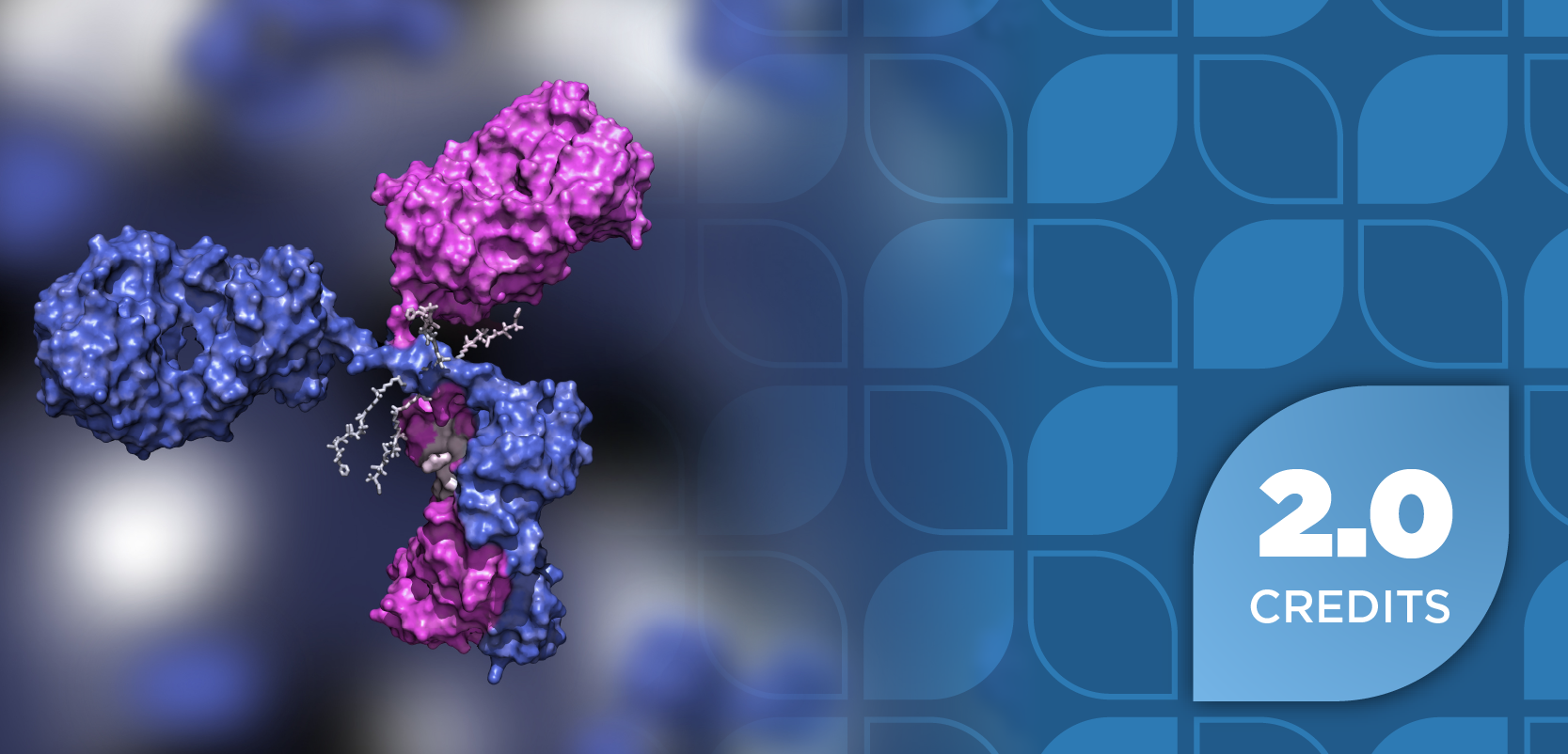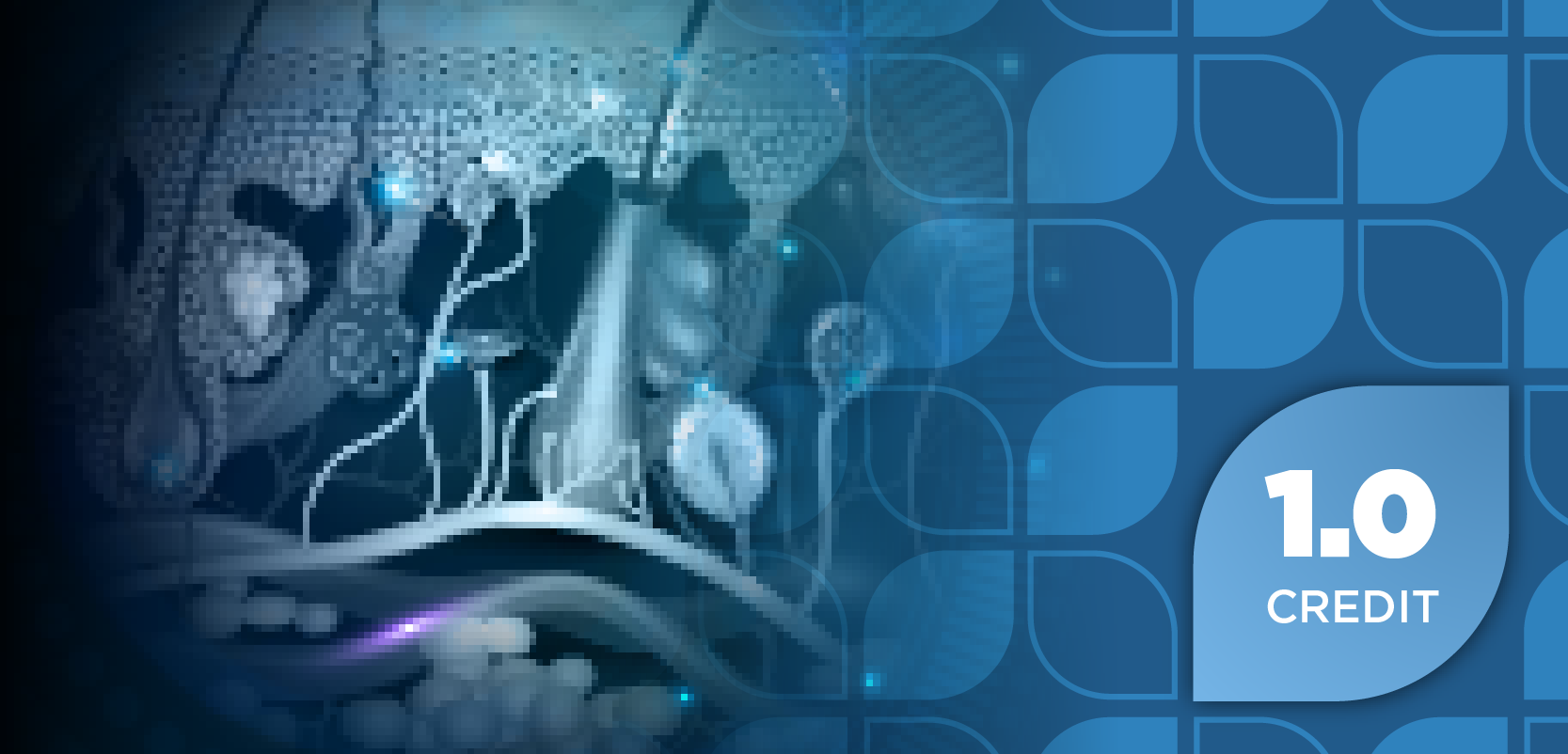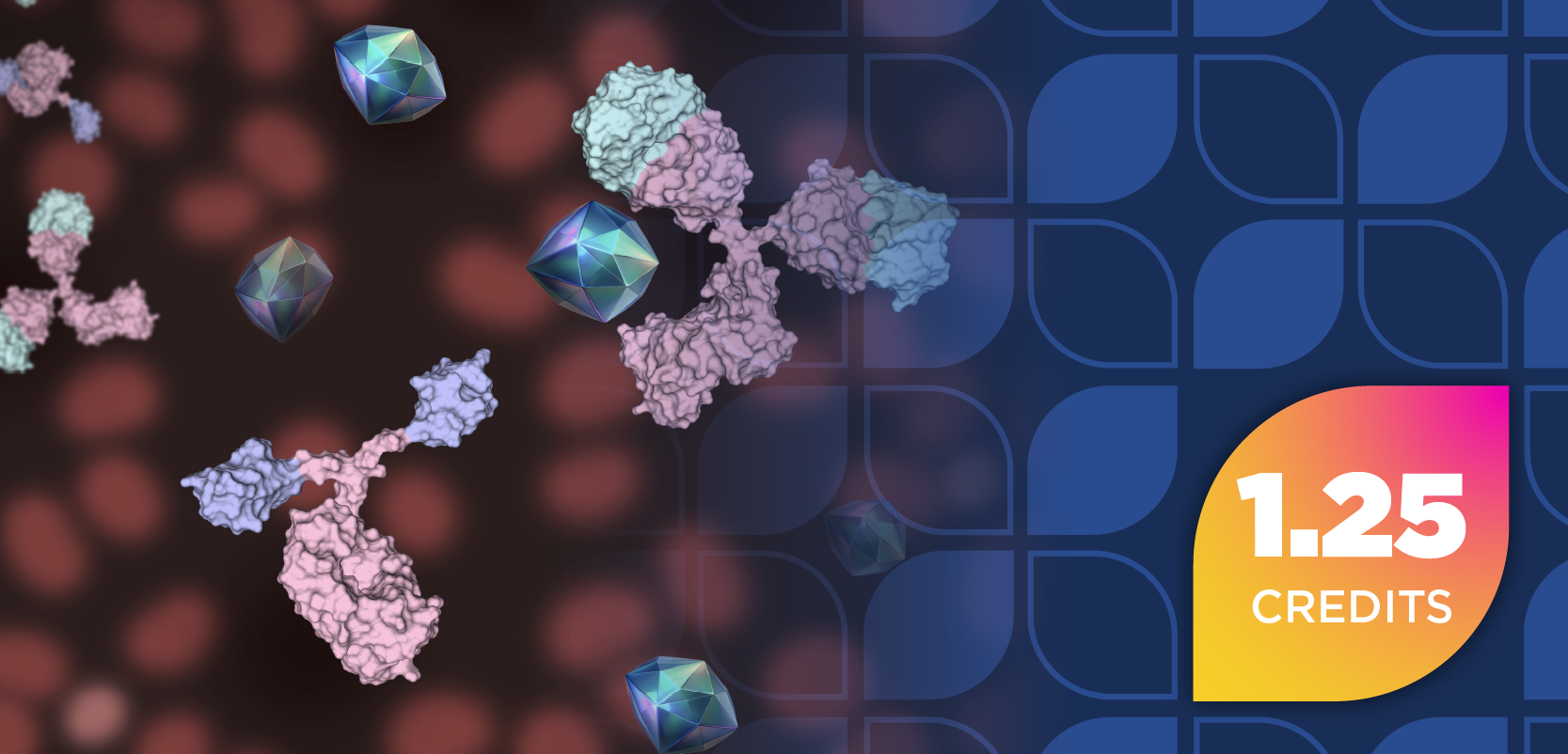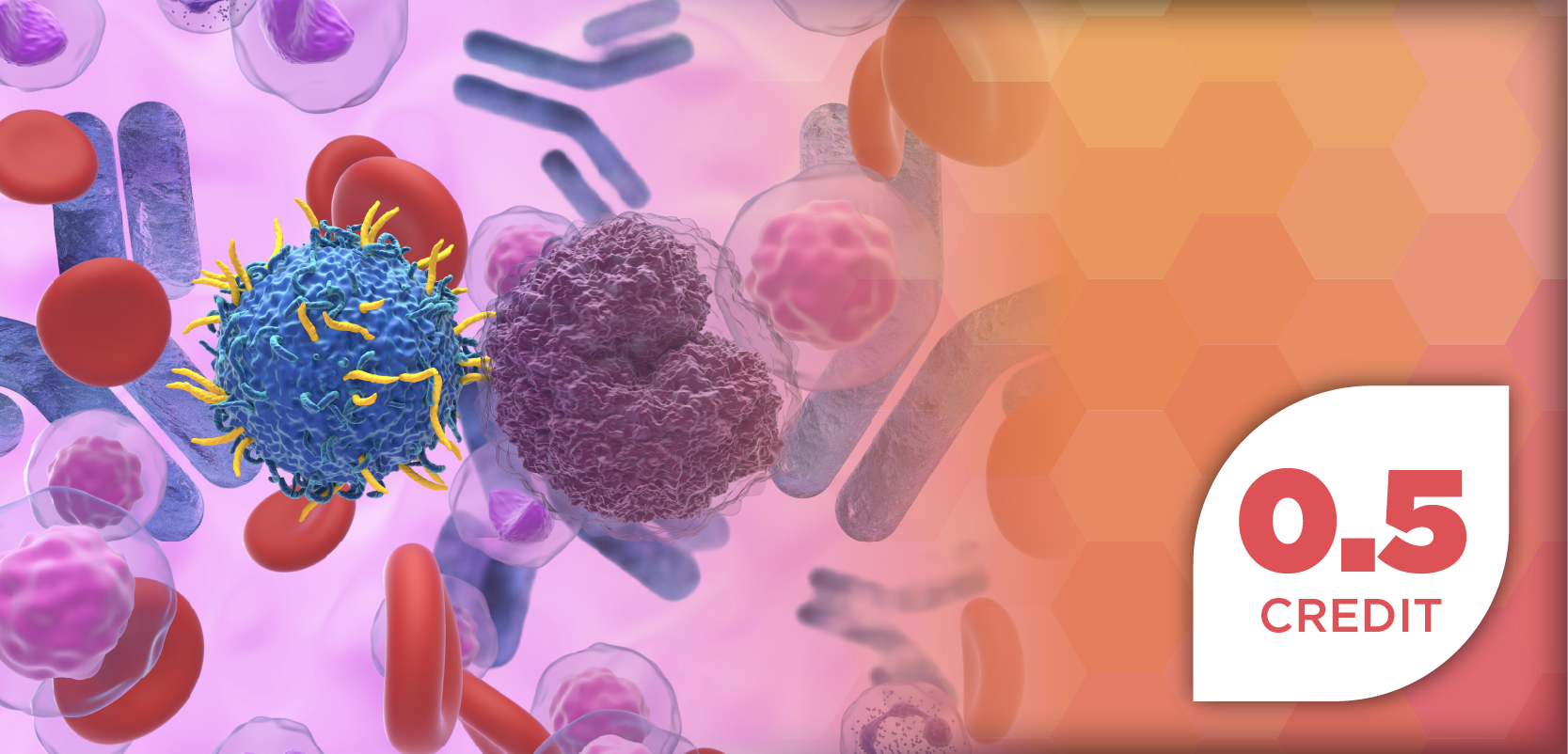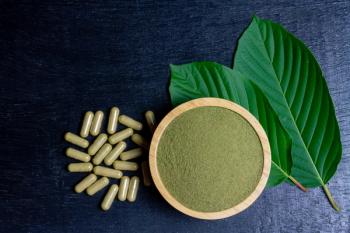
Tanshinlactone May Inhibit the Growth of ER+, HER2+, or EGFR-Mutated Cells in Breast Cancer
Tanshinlactone is an active ingredient that is commonly used in Chinese herbal medicine.
Tanshinlactone, a compound derived from the herb Salvia miltiorrhiza, demonstrated potential as a novel therapeutic agent for patients with estrogen receptor-positive (ER+), human epidermal growth factor receptor 2-positive (HER2+), and EGFR-positive (EGFR+) breast cancer (BC). The data suggests the regimen may hold promise as a targeted therapy with minimized adverse effects.
ER+/HER2+/EGFR+ are common subtypes that account for approximately 70% to 80% of all BC diagnoses, which are aggressive and challenging to treat. Despite the advancement of available therapies, such as endocrine therapies (ET), CDK4/6 inhibitors, PI3K inhibitors, or antibody-drug conjugates, significant toxicity or the potential for resistance still occur. This highlights the crucial need for continued research and development of novel agents that address these obstacles.1
Salvia miltiorrhiza, commonly known as red sage, is an herb widely used in traditional Chinese medicine for treatment of cardiovascular and cerebrovascular diseases, pain, and insomnia. In a prior study, researchers observed the anti-cancer potential of tanshinlactone—the compound extracted from Salvia miltiorrhiza—in HepG2 liver cancer cells, which showed the agent was capable of inhibiting tumor angiogenesis. Despite these findings, the use of tanshinlactone and its underlying mechanisms remain largely unexplored and require further investigation.2
Researchers from Macau University of Science and Technology in Macau, China used sulforhodamine B and colony formation assays to determine the effect of tanshinlactone on the growth of human cancer cells. They utilized fluorescent dyes to identify macropinosomes and lysosomes, as well as phase contrast, confocal, and transmission electron microscopy to observe cell morphological changes.2
To confirm the mechanism of tanshinlactone, RT-PCR, western blot, lentiviral-mediated gene overexpression, and pharmacological inhibitor assays were designed to regulate the identified signaling pathways. Tanshinlactone's induction of methuosis through NRF2 activation was evaluated, as was the compound's effectiveness using xenograft tumor explants obtained from human BC cell lines.2
The researchers reported that tanshinlactone demonstrated capabilities in inhibiting the growth of ER+ and HER2+/EGFR+ cells with limited toxicity to surrounding cells. The anti-breast cancer effect happens when cancer cells fill with bubbles—called vacuoles—and can’t get rid of them properly, causing the cells to die. This is triggered by a protein called NRF2, which makes the cells take in too much fluid but prevents them from breaking it down or reusing it. Scientists saw the same effect in lab tests and in mice. Also, tanshinlactone worked against breast cancer cells that resist (Tykerb; Novartis), a Tyrosine kinase inhibitor, meaning it could help treat drug-resistant cancer.2
ER+/HER2+/EGFR+ BCs remain challenging to treat despite continued advancement in therapy. In 2025 alone, over 300,000 new cases of invasive BC will be diagnosed, and over 42,000 patients are projected to die. As patients relapse, progress, or become resistant to available treatments, dynamic approaches to treatment are crucial. Tanshinlactone presented itself as a potential complementary therapy that is efficacious and safe with limited toxicity to health cells.3
REFERENCES
1. Navigating the evolving landscape of ER-positive metastatic breast cancer treatment. Pharmacy Times. December 13, 2024. Accessed February 24, 2025. https://www.pharmacytimes.com/view/navigating-the-evolving-landscape-of-er-positive-metastatic-breast-cancer-treatment
2. Lin W, Huang Z, Zhang X, et al. Tanshinlactone triggers methuosis in breast cancer cells via NRF2 activation. Front Pharmocol. January 20, 2025. doi:10.3389/fphar.2024.1534217
3. Key statistics for breast cancer. American Cancer Society. January 22, 2025. Accessed February 24, 2025. https://www.cancer.org/cancer/types/breast-cancer/about/how-common-is-breast-cancer.html
Newsletter
Stay informed on drug updates, treatment guidelines, and pharmacy practice trends—subscribe to Pharmacy Times for weekly clinical insights.

